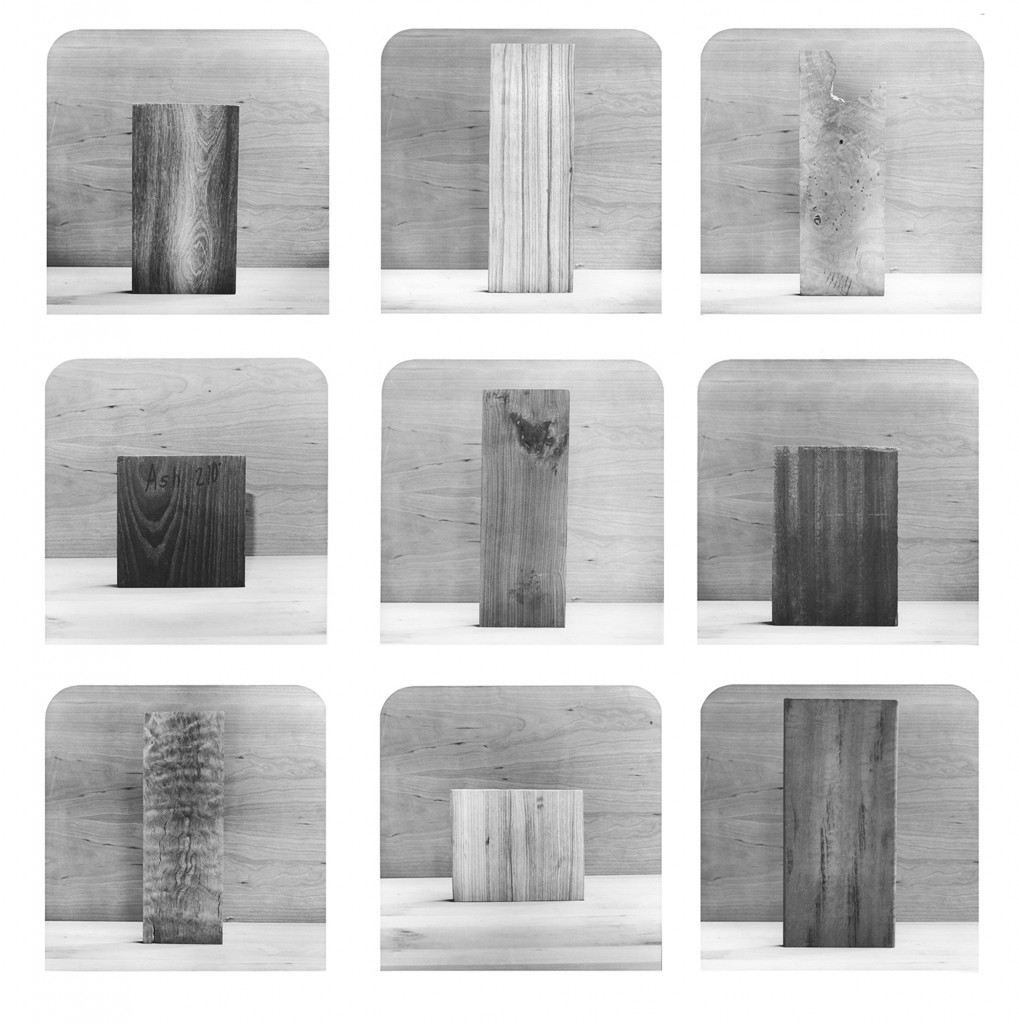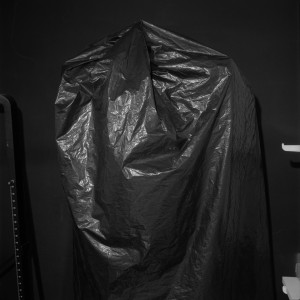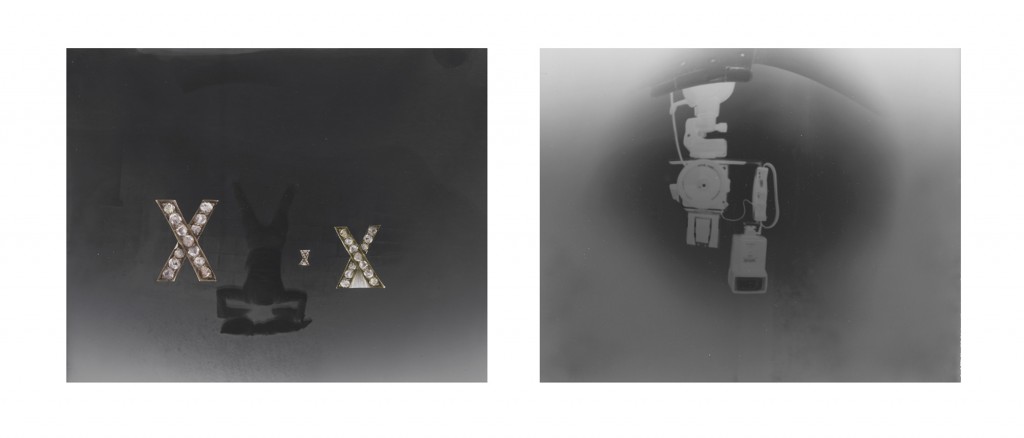This is the sixteenth in a series of interviews with each of the Sondheim Award Semifinalists. Finalists have been announced, and will be on exhibit at the Walters Art Museum June 21 to August 17; those not selected as finalists with be exhibited at the Decker, Meyerhoff and Pinkard Galleries at MICA July 17 to August 3, 2014.
Name: Stephanie Benassi
Age: 33
Website: www.stephaniebenassi.com
Hometown: Providence, RI
Current Location: Charles Village, Baltimore
School: Undergraduate: UMASS Dartmouth
Graduate: VCU
Favorite Artists: Joachim Koester and Sarah Charlesworth, John Divola
What is your day job? Adjunct teaching in Photography and New Media at George Mason University
How do you manage balancing work with studio time with your life? Managing a day job while maintaining a consistent studio practice is a difficult juggling act, as many artists know. Art is a way to “stop” doing a day job and escape the bureaucracy of academia, meetings, schedules ect… Teaching is responsibility and not always in the good way. It can drain me, limit my studio time and force me to interact with “protocols,” “course objectives” and other office jargon but I do it anyway. I wanted to be an artist to get away from that but, I too, needed school to help me become more disciplined and raise the level of my work. I learn a lot from students and teaching can help reinforce good studio habits. Seeing them struggle and helping them understand that is part of the process. When I am in the studio and I am struggling, I have to stop sometimes and take my own advice —- that I am not making art for an institution or to be liked but rather, I am there to make discoveries. Art and its making allow me to be more “reckless,” but, I believe that this balance of “responsible” teacher and “reckless” artist help me find myself in my practice. I do however think that I could make art if I was not a teacher but I don’t think I could teach art effectively if I was not making art.
How would you describe your work, and your studio practice? My art practice concentrates on the use of photographic images and processes to conceptually engage the contradictions, limitations, and fragmented simplifications that are inherent in photography. Specific research, travel, and material experimentation are developed into gallery installations that incorporate straight photographs, performative process-based works and sculptural elements in order to create a complex visual and material experience. Drawing from diverse photographic genres such as landscape, forensic, Victorian momento-mori, occult, and camera-less photography, I investigate the ways in which the material conditions and specialized languages of the photographic medium shape our relations to history, power, and the production of images.
What part of artmaking to you like or enjoy the most? Making the art is really exciting, fun and it keeps my mind and hands active. It is exciting to make new discoveries in the studio and darkroom. Traveling and first hand research is also a major part of my studio practice, which is always fun and fruitful. The least? My least favorite part of art is self-promoting and advertisement, website maintenance and “CV building” all of which are outside of art making itself but are necessary. I find “professionalism” is a real drag. I am trying to get better at it, become more assertive and I am attempting to become more organized and set more time aside for those kinds of things.
What research do you do for your art practice? The way I go about research depends on the individual project. Much of my work starts with an investigation of a particular historical, material, or cultural aspect of photography, which may then lead to travel to a specific site of interest to gather information and some preliminary documentary photographs. Sometimes a project may also present itself through direct experimentation in the darkroom, creating crude pinhole cameras, or collage. These preliminary field and studio-based studies will then lead to further content, research and then the cycle begins again until overtime I develop a catalog of related images and objects. Much of my process then involves editing and organizing these fragments.
What books have you read lately you would recommend? Mike Kelley’s Foul Perfection, The Metropolitan Museum of Art catalog, The Perfect Medium: Photography and the Occult, Anything by J.G. Ballard, Agatha Christie novels- Guilty Pleasure, Bill Bryson’s Lost Continent: Travels in Small Town America. Movies? anything by Werner Herzog
Do you ever get in creative dry spells, and if so, how do you get out of them? I wouldn’t say that I have dry spells, but rather moments of panic and anxiety, as well as issues with confidence in the work I am making. More often than not, I will begin a project and it will end up going nowhere. I try to will it and wrestle with it as if it were an alligator and this often leads me to a dysfunctional mindset about my practice. (Friends refer to this aspect of my personality as “oh no, she’s on the ledge again!”) Often I have to set projects aside and move on to something else completely different. I keep the abandoned projects including research, sketches, prints, or materials in storage bins in the studio. Every now and then I go through these bins later and see the work with more clarity and then declare… “Oh, it’s not as bad as I thought,” and I can work with it again or change the focus of it so the work transforms into something else. I am beginning to make some progress in trusting this cycle of attack and retreat, and I am becoming more comfortable with being uncomfortable. The projects that seem most resistant or uncomfortable in formation often are the ones that prove to be the most challenging and interesting in the end.
How do you challenge yourself in your work? I try to challenge myself every day in little ways in the studio or change the way I approach the work in general. Sometimes I decide that I don’t like a certain method or trope in photography. I let it stew underneath the surface and then I try to consciously ask myself why I don’t like it. This simple questioning of my own taste may then lead to deeper questions about this particular photographic or artistic convention. After sometime I find myself asking what this mode or convention may be useful for and it may force me to try things that I may have dismissed. For instance, a good example is cyanotypes or sun printing. To me it has a certain “handmade” nostalgia built into the method. Often I will see it presented as “old” or “traditional.” I will start making cyanotypes and ask myself, what can I do to make it do something different or dialog with the present moment rather than pretend it is of “another time”? How can I defeat its nostalgic, romantic quality?
What is your dream project? My dream project would be to travel and document silver and salt mines. I am becoming more interested in looking at the materials of darkroom photography. Sometimes because of the romance of the darkroom, we forget that there are complex geological and industrial histories imbedded in these materials.



